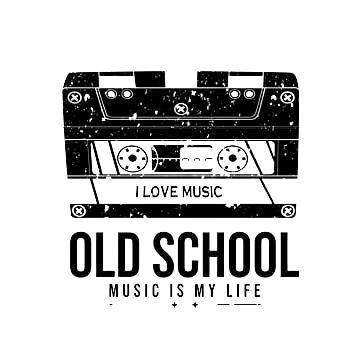The Clash were on fire when they settled down off the back of a 20-city US tour in 1980 to record their album Sandinista!. Pitching up at Jimi Hendrix’s famed Electric Lsyland studios in New York City, the band were coming off the back of London Calling and had cemented their name outside the scope of punk and firmly into the annals of music history. The Clash had finally made good on their promise and become the only band that mattered.
For Joe Strummer, the atmosphere around the group was perfect. “That tour of America, we were really stoking, 20 hot gigs in a row. Can you imagine it? Gigs can be sort of so-so, but these were all hot. Flaming hot. 20 of them – bam, bam, bam, one after another. We hit New York, and we blasted straight into the studio,” he recalled to Uncut. It seemed as though nothing would stop them from delivering another piece of quasi-punk rock capable of translating a local sound into universal joy.
The city was an enticing spot for a band that had come to define London’s bustling music scene, and while Strummer remained defiant that the group “never went out”, the setting and the fact the band had “nothing written” would allow Strummer, Mick Jones, Paul Simonon and Topper Headon to explore brand new areas of their sound. “Every day, we just showed up and wrote phantasmagorical stuff,” he explained. “Everything was done in first takes and worked out 20 minutes beforehand. What we did was go to the core of what we are about – creating – and we did it on the fly and had three weeks of unadulterated joy.”
But while the quartet may have fallen in love with the notion of creating without the boundaries they had set themselves within London Calling Vanilla tape sessions, the record was received with less enthusiasm than it was made. On the album Strummer labelled a “masterpiece”, there is a little bit of everything — from funk to punk, pop to dub, dancehall to hip-hop and everything in between. This is The Clash’s chef’s special.
A six-sided release, Sandinista! may well be the band’s most unbalanced record (featuring all those styles it was bound to be), but there is something incredibly charming about the album looking back. It is a sprawling mass of meandering genres and dissipating directions, but somehow it works well together. It also features one of the few moments in the group’s career that they looked firmly to the past classes of rock and roll, namely, The Beatles.
Amid the gospel and choruses of ‘Guns of Brixton’ is one of the group’s most experimental moments, ‘Mensforth Hill’. The track is nearly four minutes of pure chaos. It ranges from backwards tapes to dissonant shrieking and feels like one of the wildest moments of a truly wild band’s career. Within the confines of their sprawling LP, which is so neatly placed as it is between so many styles, it is hard not to draw comparisons between it and The Beatles’ own Jackson Pollack pop song, ‘Revolution 9’.
Using this as the starting point, there are other similarities to draw on, too. The Beatles used The White Album to get back to rocking, as Lennon noted: “What we’re trying to do is rock ‘n roll, ‘with less of your philosorock,’ is what we’re saying to ourselves. And get on with rocking because rockers is what we really are.” The Clash, however, used Sandinista! to showcase that punk was no longer the only mode of transport for their message. London Calling had hinted at new forces like dub and reggae, but it was Sandinista! that confirmed the group had moved into a new realm.
While The Beatles moved away from the experimental sounds of their 1967 concept record Sgt. Pepper’s Lonely Hearts Club Band to a simpler sonic structure, The Clash went the other way. However, both The White Album and Sandinista! were released as deliberate pivots away from their most successful records, with The Clash even happily forgoing their royalties so they could sell the six-sided vinyl at the same price as a normal record.
Another similarity occurs with the sheer weight of tracks and the watermark such a hefty LP naturally allows. Shoving 36 songs onto an album like The Clash did means there are bound to be some duds, and, likewise, The White Album has its fair share of forgettable moments — nobody wants to hear ‘Rocky Raccoon’. However, both records also possess some standout hits, with The Clash delivering ‘Charlie Don’t Surf’, ‘Hitsville UK’ and ‘Magnificent Seven’ which all land among their best.
While Strummer would have been reluctant to liken anything his band did to the Liverpudlian group, the group’s guitarist, Mick Jones, has always shared his affection for the Fab Four. Their influence, or at least the subconscious similarities, is clear to see.
Sandinista! is not the first album you point to when speaking about The Clash, but it does hold some of the greatest weight with their fans; much like The White Album, the record provided The Clash with a reset button that they mashed into the control desk. They were no longer punks like The Beatles, and they were no longer LSD’s answer to pop music. The London group had transcended into their own entity, and to do so, you need to change the script. It’s a technique John Lennon, Paul McCartney, George Harrison and Ringo Starr knew all too well.

